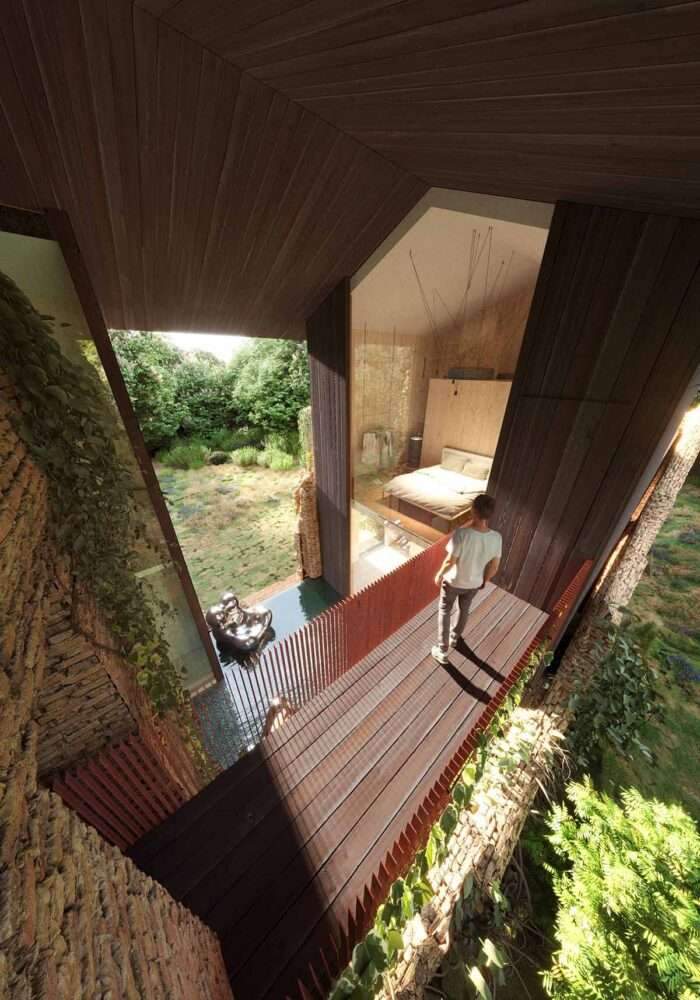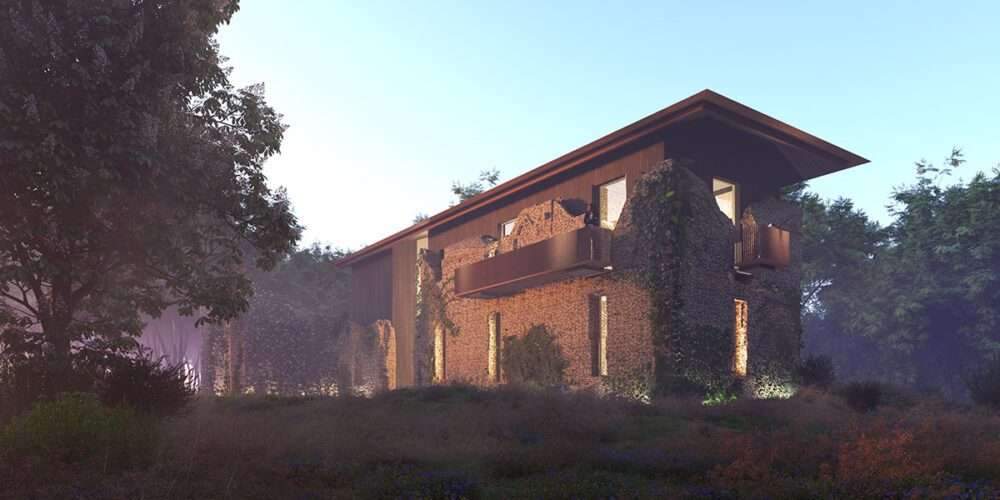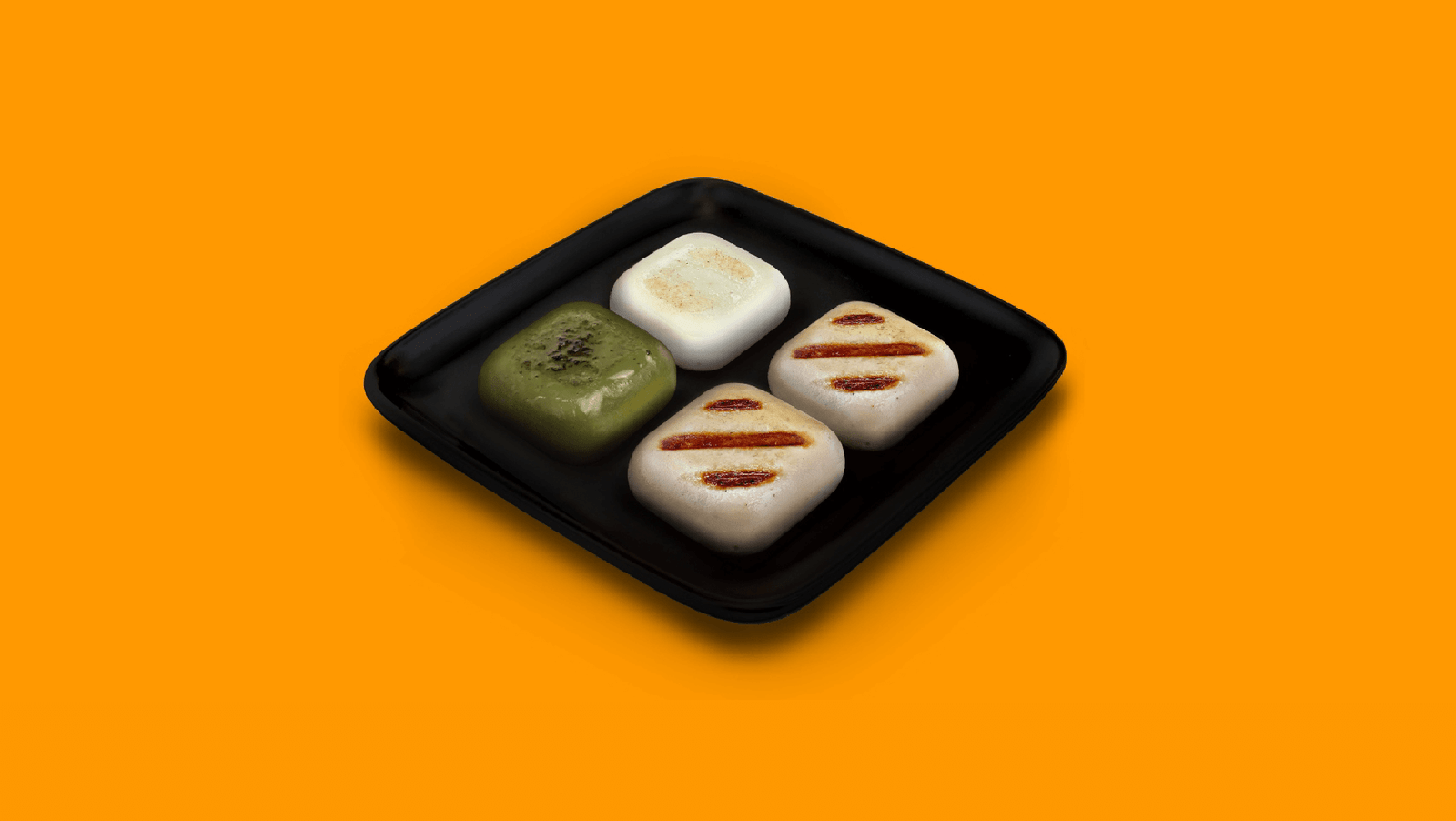The international design and innovation bureau CRA-Carlo Ratti Associati, together with Italo Rota,
transforming a crumbling convent into a new hospitality development in the Monferrato hills,
Within a UNESCO World Heritage Site in northern Italy.
The project will be called Roccia, and is about converting a dilapidated monastery into
a living space through the use of digital technologies.

The team aims to transform the architecture into a “digital cloud”.
Using 3D scanners, the structure will be covered in a new wood skin that will be digitally fabricated and seamlessly inserted within the rubble.
And by scanning a fine-grained cloud with LIDAR, the planks will fit seamlessly into the structure.
CRA and Rota will incorporate the shingles by preserving the trees and ivy that have grown amidst the bricks.
The design proposes a new framework for restoration, bridging the bridges between the natural and the artificial worlds.
This allows the complex to be habitable again while preserving traces of the old structure and the natural elements that took hold.
By blending the natural and the artificial worlds, the design proposes a fresh approach to the renovation of historic buildings.
Roccia, taken from the Italian word for “rock,” is a hilltop monastery turned farmhouse in the heart of the Piedmont countryside.

The site has deteriorated since a fire in the early 20th century.
While decades of neglect led to further deterioration of the brickwork,
it invited moss, ivy and saplings to take off.
Its current conditions evoke the vision of Giovanni Battista Piranesi,
the 18th-century artist who saw the ruins of Rome as a springboard for the city of the future.
Design features
The TRA intervention aims to maintain this harmony between the natural and the artificial.
and reviving the old building without severing its existing embrace with bricks and papers.
The contemporary intervention consists mainly of prefabricated timber elements slotted within demolished brick walls.
The two houses, which were built 400 years apart,
form a symbiotic relationship with each other and with nature.

The project embraces Rukia’s dissolution, adding a new digitally composited layer to make the wooded ruin habitable.
Through a research process carried out using cloud scanning techniques,
the team developed a framework that matches the specific shape of the house and the surrounding landscape.
This will become the backbone of Maestro,
a subsidiary of the CRA Group focused on digital manufacturing at all levels from buildings to neighbourhoods.






